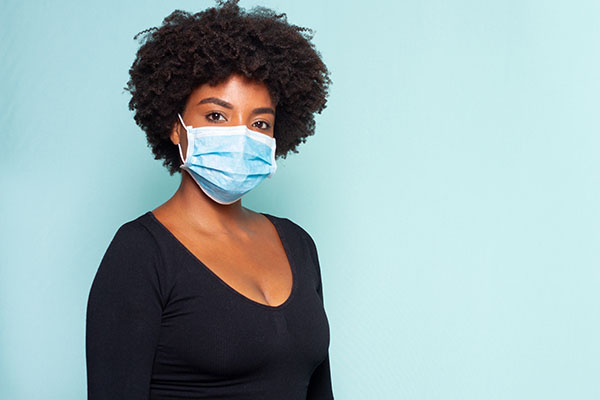 A case of the common cold can look slightly different from person to person. Still, infections come the same way. Viruses cause colds, usually rhinovirus, coronavirus, or RSV. Colds come in various levels of severity, including serious, minor, and everything in between. You will likely sneeze and cough as well as struggle with congestion and a sore throat. A fever and body aches are other possible symptoms.
A case of the common cold can look slightly different from person to person. Still, infections come the same way. Viruses cause colds, usually rhinovirus, coronavirus, or RSV. Colds come in various levels of severity, including serious, minor, and everything in between. You will likely sneeze and cough as well as struggle with congestion and a sore throat. A fever and body aches are other possible symptoms.
More facts about the common cold
Colds are highly contagious and can spread with little difficulty. The virus passes from person to person due to close contact. This can happen from touching and from droplets from coughing or sneezing. Colds can affect people at any time of the year, but winter and late fall are the most common seasons. Anyone can get a cold, though young children under age two are the most susceptible.
It is possible to prevent exposure to the cold virus. Handwashing is the most effective measure. Doing so with soap for at least 20 seconds can keep a person from contracting this illness. Sanitizing areas of the home that people touch often will also help. Also, people should avoid others who are sick, particularly during peak cold season.
Facts about fever and colds
Of the many symptoms that can come with the common cold, a fever can be one of the most distressing. A fever is the body’s response to killing the infection. It can be present during the duration of the cold, or it can come at the outset or tail-end of the illness. Fevers are typically low-grade with a cold — around 100 degrees. But higher fevers can affect the person with a cold. If the fever rises or does not go away after a few days, the person should go to urgent care.
A look at body aches
Like fevers, body aches do not come from the common cold itself. Instead, body aches result from the immune system fighting the virus. A person with a cold will likely experience aches and pains in the joints and muscles. These sensations are effects of the body defending itself and trying to keep the infection from spreading.
Treating these symptoms
People can turn to a few methods to treat fevers and body aches. Rest and fluids are two of the most effective techniques. Resting and drinking plenty of water will help the body heal and speed up the recovery process. In addition, taking pain medication such as Tylenol and Ibuprofen can help fevers and body aches to subside. Rotating ice packs and heat packs can also soothe sore muscles.
Take care of the fever and body aches you feel with a cold
Cold symptoms can be mild, but often, you will have a more serious reaction. Fevers and body aches can occur and last throughout your cold’s life span. Both are effects of the body’s response to the virus. Be prepared to treat these symptoms. You can turn to medication and rest and drink lots of water.
Request an appointment or call Wellness First Urgent Care at 469-249-8575 for an appointment in our Duncanville office.
Related Posts
Being healthy means knowing how to prevent a common cold. The viruses responsible for the common cold are spreadable through exhaling. Direct contact with the infected person can also lead to infection. Awareness of how the virus spreads is important in preventing it from infecting you or your loved ones. Preventing viral infection can also…
The common cold has many symptoms. One person can have more symptoms than another. The most common ones are nasal congestion and coughing, two symptoms that often cause fatigue. Here are the details if you want to know more about the common cold with coughing and congestion.A stuffy nose during a common cold can be…
The common cold is something you will almost definitely experience at some point, perhaps annually. Though you can avoid it, this sickness is highly contagious. Viruses cause it and can hit people of all ages. Children are the most likely to get it, as they can have several colds a year. A variety of symptoms…


